In living rooms across America, some exotic pet enthusiasts share their homes not with typical domestic cats, but with their much larger, wilder cousins – lions, tigers, leopards, and other big cats. This controversial practice sits at the intersection of personal freedom, animal welfare, public safety, and conservation ethics. While proponents argue for their right to own these magnificent creatures, critics point to numerous tragedies and welfare concerns that raise serious questions about the practice. The debate over whether private citizens should be permitted to keep large predatory cats as pets has intensified in recent years, particularly as documentaries like “Tiger King” have brought the exotic pet trade into mainstream consciousness. This complex issue involves consideration of the animals’ natural behaviors and needs, the capabilities of private owners to meet those needs, and the potential consequences when things go wrong.
The Current Legal Landscape

Regulations regarding big cat ownership vary dramatically across the United States, creating a patchwork of laws that can be difficult to navigate. As of 2023, approximately 35 states have implemented bans or partial restrictions on private ownership of big cats, while others permit ownership with various licensing requirements. The federal government has also taken steps with the Big Cat Public Safety Act, which restricts direct public contact with big cats and prohibits new private ownership. Some states like Nevada and Wisconsin, have relatively permissive laws that allow private citizens to keep exotic cats with permits, while states like California and New York enforce strict bans. This inconsistency creates “regulatory havens” where exotic animal enthusiasts can legally keep animals that would be prohibited elsewhere, sometimes just across state lines.
The Appeal of Exotic Cat Ownership
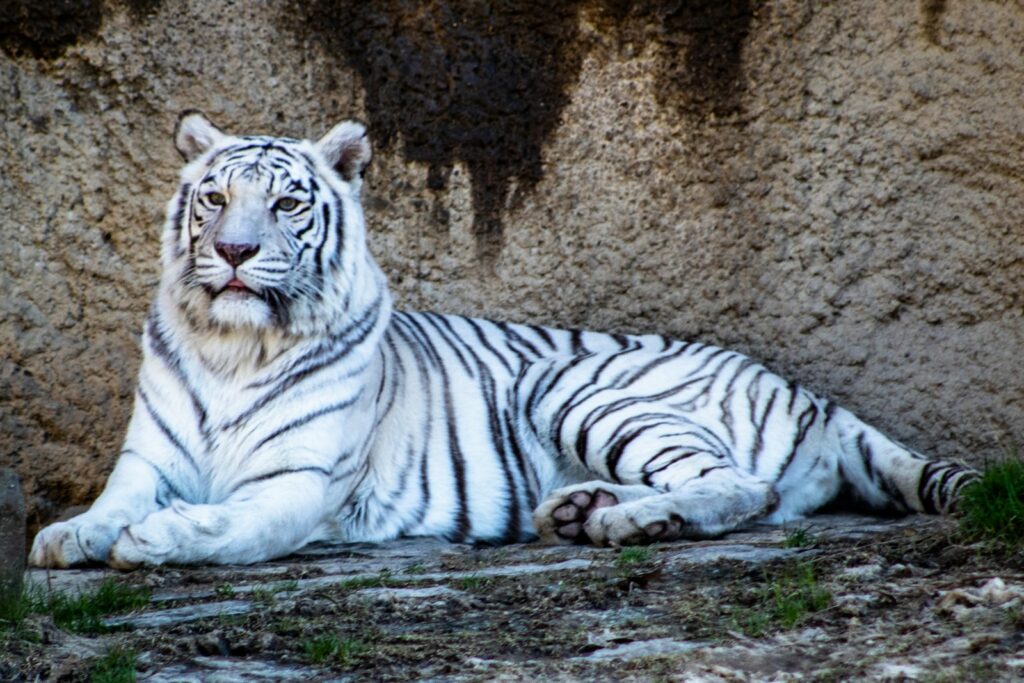
For those drawn to keeping big cats, the allure often stems from a complex mix of motivations that go beyond mere novelty. Many owners express a genuine love for these animals and believe they can provide appropriate care while experiencing a unique bond with a magnificent wild creature. Some collectors view these animals as status symbols, with the rarity and danger associated with big cats serving as a demonstration of wealth, power, and exclusivity. Others are motivated by conservation concerns, believing their private collections contribute to preserving endangered species, though this view is contested by mainstream conservation organizations. The emotional appeal is undeniable – videos of owners cuddling with lion cubs or swimming with tigers can make these relationships seem magical, while downplaying or omitting the challenges and dangers that inevitably arise as the animals mature.
Animal Welfare Concerns
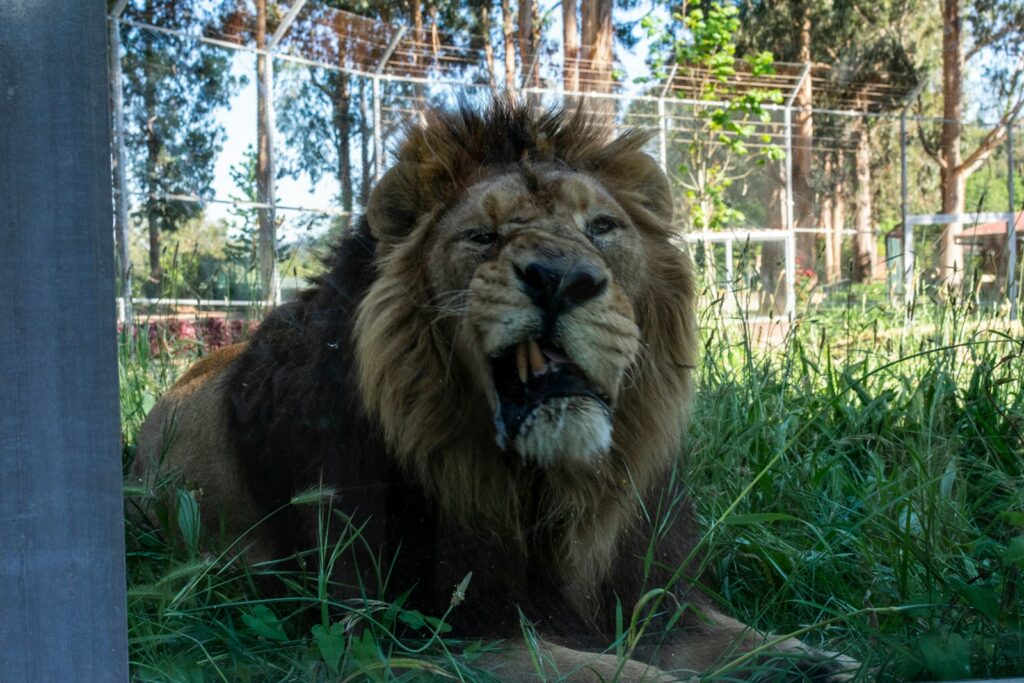
The fundamental challenge of keeping big cats as pets centers on meeting their extensive physical, psychological, and behavioral needs within a captive setting. In the wild, tigers typically roam territories spanning 7-40 square miles, while captive settings rarely provide more than a tiny fraction of this space. These highly specialized predators require specific diets, environmental enrichment, social structures, and veterinary care that even well-intentioned owners rarely have the expertise or resources to provide. Inappropriate housing often leads to stereotypic behaviors – repetitive movements like pacing that indicate psychological distress and boredom. The specialized veterinary care these animals require presents another significant challenge, as few veterinarians have the training, equipment, or facilities to safely treat 400-pound predators, leaving many captive big cats without adequate health care.
Public Safety Risks
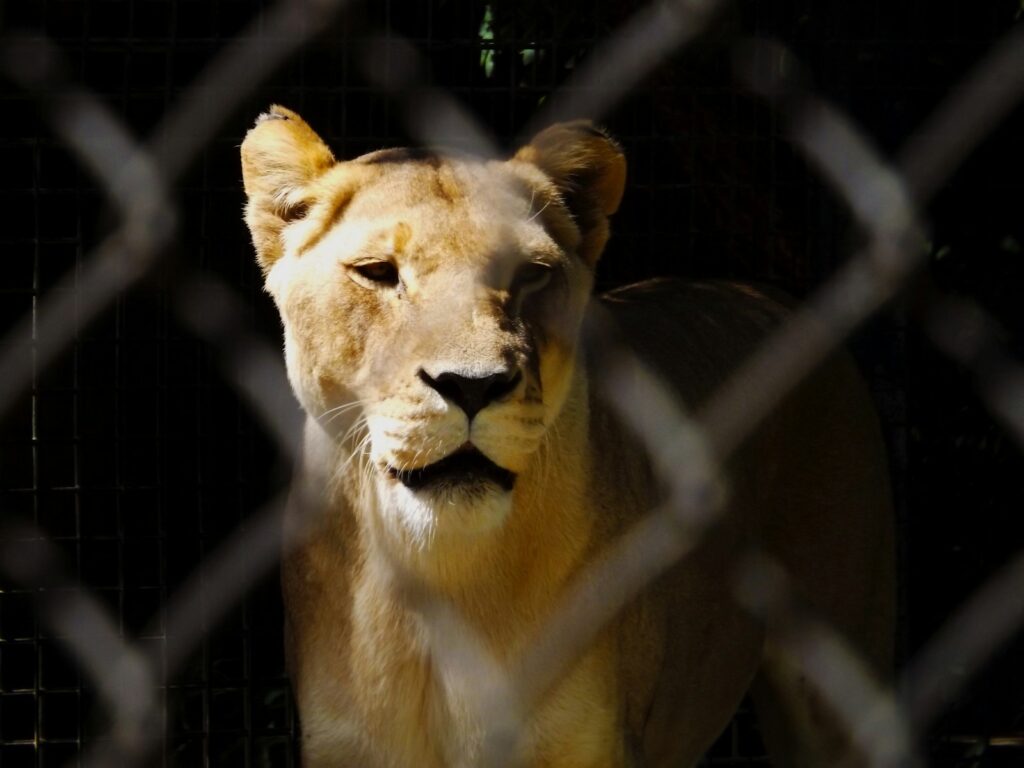
The public safety concerns associated with private big cat ownership are both serious and well-documented through numerous tragic incidents. Since 1990, captive big cats have been responsible for more than 400 dangerous incidents in the United States, including at least 24 fatalities and many more serious injuries. Even cats raised from cubs and seemingly tame can unpredictably revert to natural predatory behaviors, with catastrophic consequences. The escape of big cats presents another layer of danger, as demonstrated in 2011 when dozens of exotic animals, including lions and tigers, were released in Zanesville, Ohio, creating a public safety emergency that ended with law enforcement being forced to kill 18 Bengal tigers and other animals. First responders typically lack the training, equipment, and protocols needed to safely handle situations involving escaped exotic predators, placing both personnel and the public at risk.
Conservation Implications
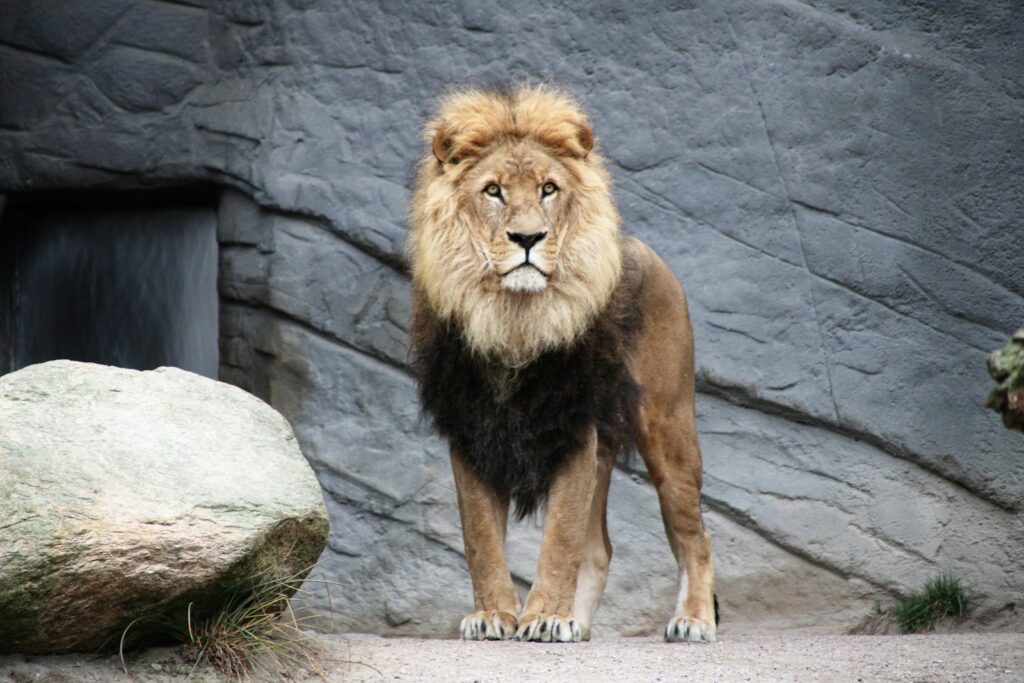
Contrary to claims made by some private owners, keeping big cats as pets typically undermines rather than supports legitimate conservation efforts. Conservation scientists emphasize that privately bred cats, often of hybrid or uncertain genetic background, have little to no value for species recovery programs, which require carefully managed breeding of genetically valuable individuals. The private ownership market can fuel poaching and illegal wildlife trafficking, as some animals are sourced from the wild despite claims they were captive-bred. Accredited zoos and genuine conservation organizations actively distance themselves from the private ownership community, following scientifically developed breeding programs coordinated through Species Survival Plans. Additionally, the normalization of big cats as pets can undermine public education about the true nature of these animals as wild creatures with specific ecological roles.
The Psychological Impact on Big Cats
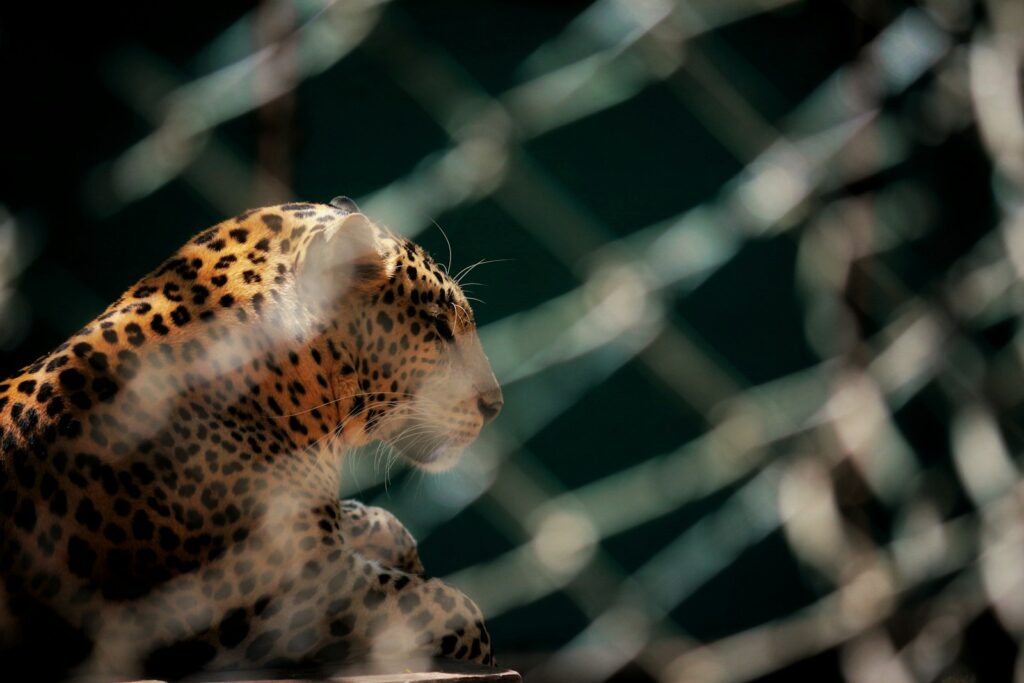
Big cats kept in domestic settings often develop significant psychological issues stemming from their inappropriate environments. Removed from natural social structures and denied the opportunity to engage in normal behaviors like hunting, territorial patrolling, and natural socialization, captive cats frequently develop abnormal behavioral patterns. Cubs separated from their mothers prematurely for the pet trade miss crucial developmental stages and proper socialization, leading to long-term behavioral problems. The confined spaces of private ownership typically lack the environmental complexity necessary for cognitive stimulation, causing frustration that can manifest as aggression or self-destructive behaviors. Researchers who study captive wildlife welfare have documented higher stress hormone levels in inappropriately housed big cats, indicating chronic psychological distress that undermines their quality of life.
The Economic Reality of Big Cat Ownership
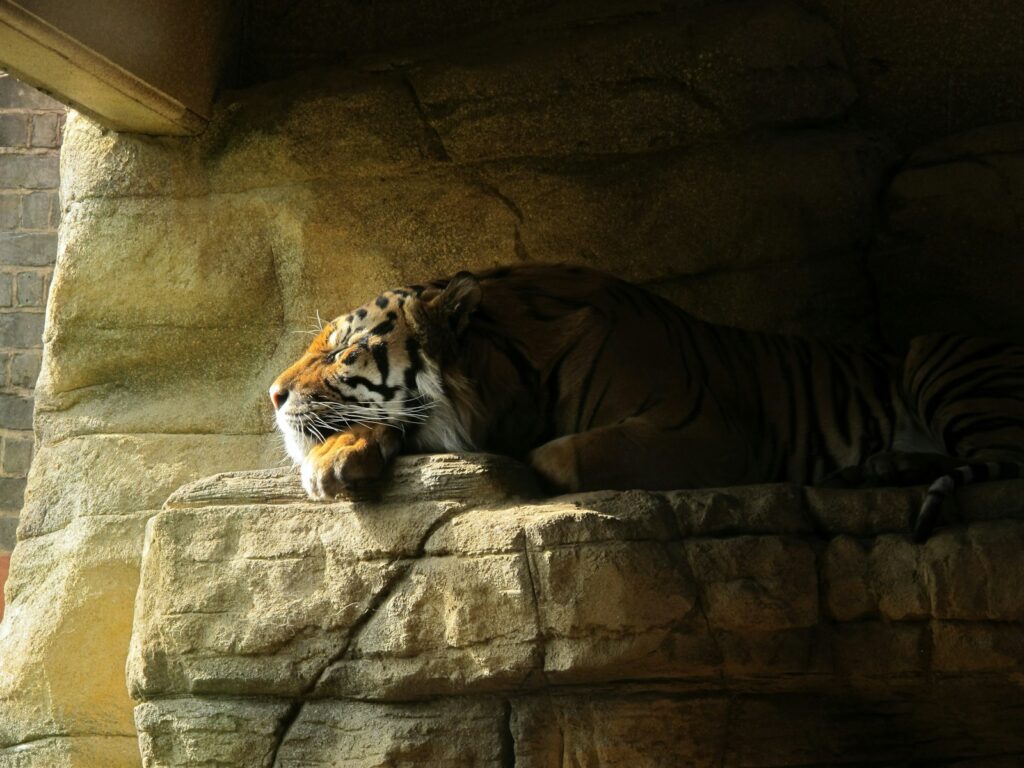
The financial burden of properly caring for a big cat far exceeds what most private owners anticipate or can sustain over the animal’s lifetime. Initial purchase prices ranging from $1,000 for some cubs to $10,000 or more for rare species represent only a fraction of lifetime costs. Feeding alone can cost $10,000-$20,000 annually, as adult tigers consume 10-15 pounds of meat daily, while constructing appropriately secure enclosures meeting minimal welfare standards can require investments of $50,000 or more. Veterinary care presents another substantial expense, with even routine procedures requiring specialized equipment and multiple personnel for safety. The 20+ year lifespan of many big cats means that owners must be prepared to maintain this level of financial commitment for decades, leading to frequent situations where owners can no longer afford proper care but have few options for rehoming their animals.
Sanctuary Perspectives
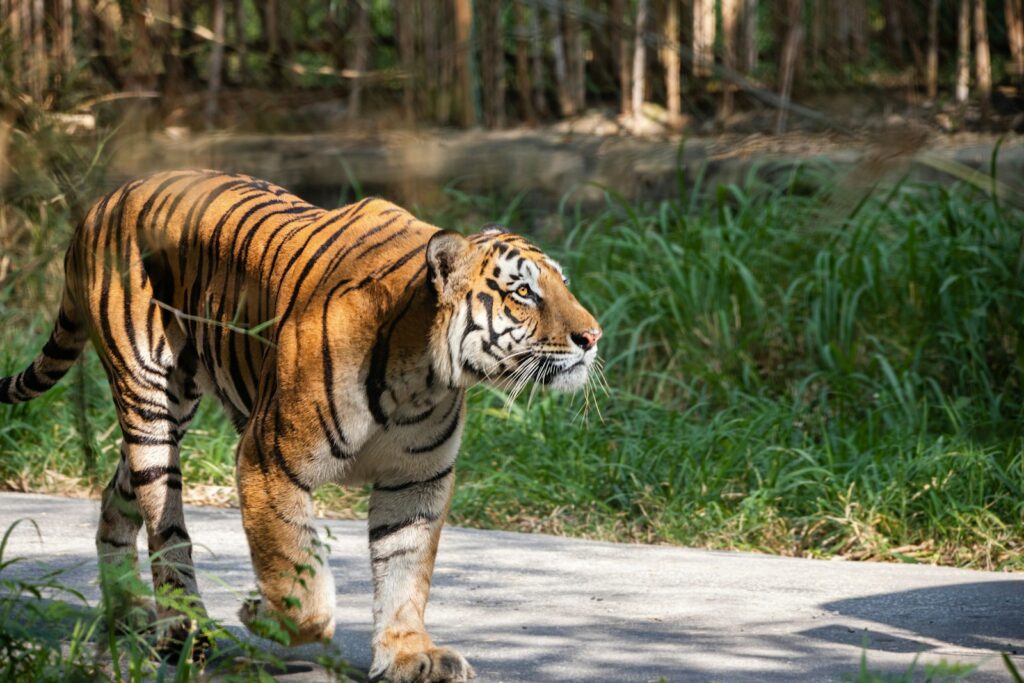
Accredited wildlife sanctuaries provide critical insight into the big cat ownership debate, as they frequently deal with the consequences when private ownership situations fail. Organizations like Big Cat Rescue, The Wild Animal Sanctuary, and Tigers in America collectively house hundreds of former pets and privately owned cats surrendered by owners who could no longer care for them or confiscated from neglectful situations. Sanctuary operators report that most cats arrive with significant health issues, including malnutrition, metabolic bone disease from improper diet, and untreated injuries or ailments. These facilities often operate at capacity with waiting lists, as the number of cats needing rescue far exceeds available space. The financial burden of rehabilitation falls on non-profit organizations that spend millions annually providing lifetime care for animals that should never have been in private hands, according to sanctuary advocates.
The Role of Social Media
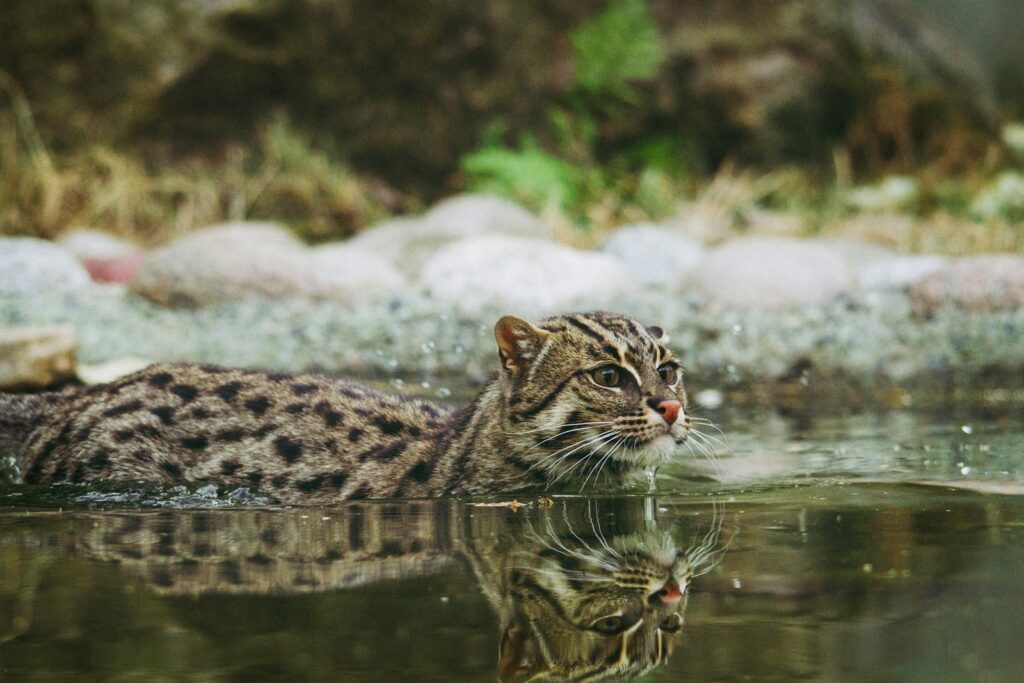
Social media has dramatically influenced public perception of big cat ownership through carefully curated content that often misrepresents the reality of these relationships. Viral videos featuring adorable cubs or seemingly docile adult cats interacting with owners create unrealistic expectations about the feasibility of keeping these animals as pets. Content creators rarely show the less appealing aspects of ownership, such as the massive amounts of waste produced, the destruction of property, or the dangerous situations that arise. The phenomenon of social media fame has created new incentives for acquiring exotic animals, as accounts featuring big cats can attract millions of followers and substantial revenue through sponsorships and monetization. Animal welfare organizations have criticized platforms like Instagram and TikTok for allowing content that normalizes and glamorizes private exotic pet ownership without providing context about welfare concerns or legal issues.
Arguments from Responsible Owners
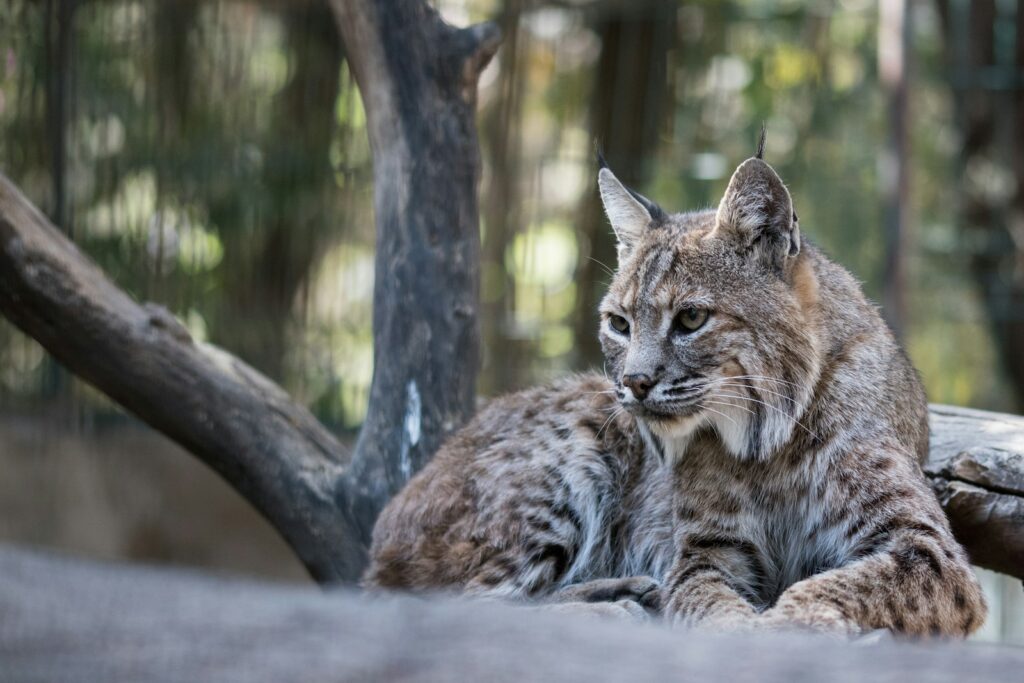
A small subset of private owners makes the case that responsible ownership should remain legal with appropriate regulation rather than outright prohibition. These advocates point to examples of private facilities that maintain high standards of care, spacious habitats, and proper safety protocols that exceed the minimum requirements of many zoos. They argue that well-crafted regulations focusing on specific care standards, facility requirements, and owner qualifications would address welfare concerns while preserving the rights of those truly capable of providing appropriate environments. Some longstanding owners have developed significant expertise in exotic animal care and work closely with veterinarians to ensure their animals’ health and well-being. These owners often distinguish themselves from impulse buyers and entertainment operations, advocating for grandfather clauses in new legislation that would allow them to keep their existing animals while preventing new ownership.
Legislation and Enforcement Challenges
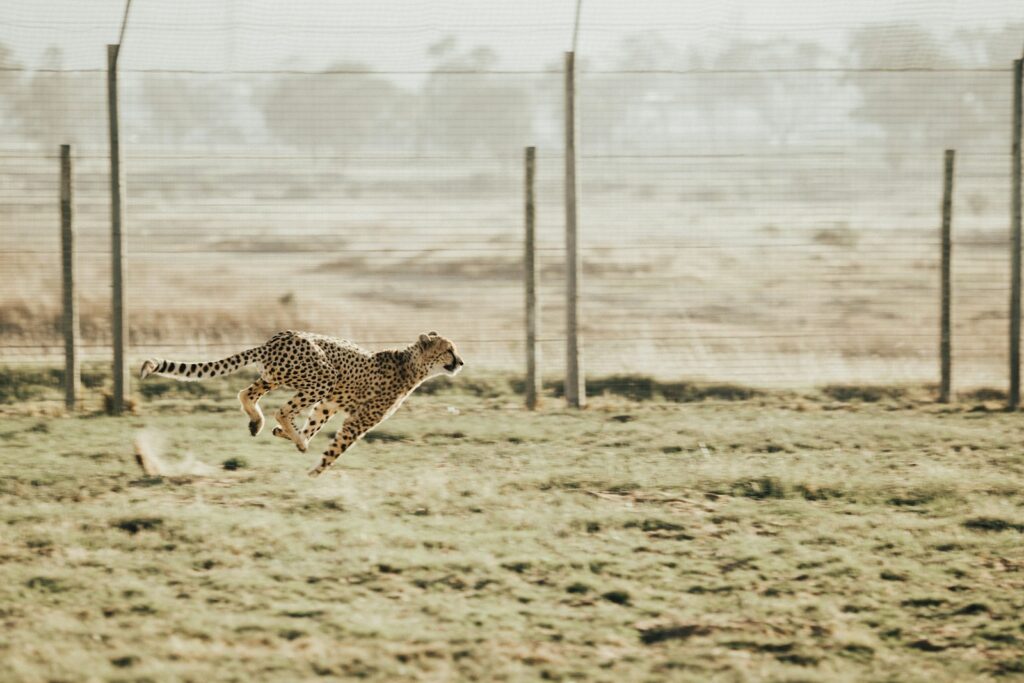
Even in states with restrictions on big cat ownership, enforcement of existing laws remains problematic due to several systemic challenges. Many localities lack the specialized knowledge, resources, or personnel needed to inspect facilities and identify compliance issues, leading to spotty enforcement even when laws exist. Animals are frequently hidden, moved across state lines, or falsely classified to evade regulations, as demonstrated in multiple federal cases against exotic animal dealers. The USDA, which regulates certain exhibitors through the Animal Welfare Act, has been criticized by both the Office of Inspector General and animal welfare groups for inconsistent enforcement and declining inspection frequencies. Wildlife officials note that exotic animal regulations frequently fall into jurisdictional gaps between animal control agencies equipped to handle domestic animals and wildlife departments focused on native species, with neither having appropriate training or facilities for exotic predators.
Public Opinion and Ethical Considerations
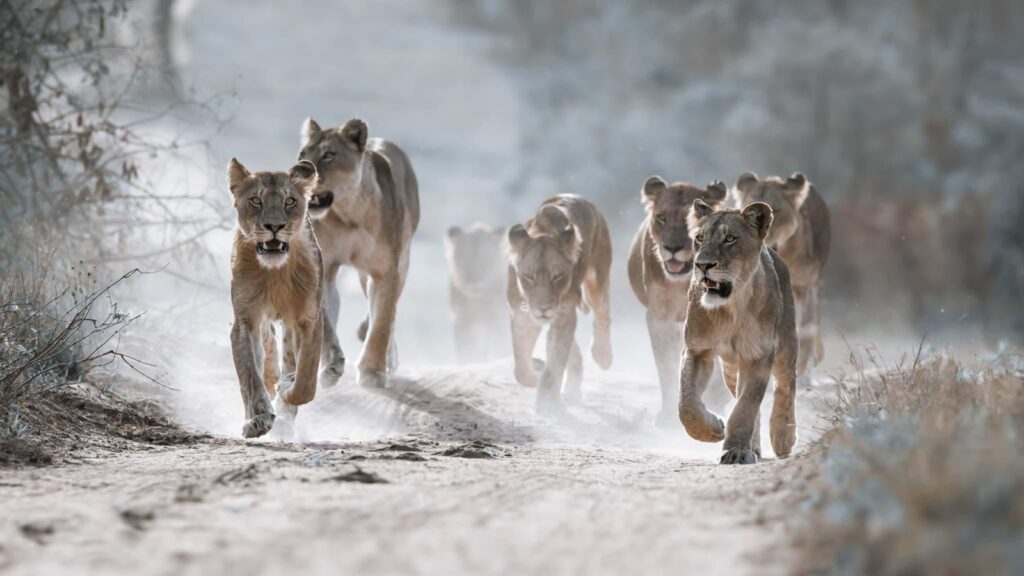
Public opinion has shifted significantly against private big cat ownership in recent years, influenced by increased awareness of animal welfare concerns and high-profile incidents. Polling conducted after the release of “Tiger King” found that 85% of Americans support restrictions on private ownership of big cats, with a majority supporting across political affiliations. Ethicists and animal rights philosophers frame the debate in terms of whether humans have the right to keep highly intelligent, far-ranging predators in captivity for personal satisfaction when the animals’ fundamental needs cannot be met. Contemporary animal welfare ethics increasingly emphasize the concept of allowing animals to express natural behaviors as a key component of welfare, something nearly impossible to provide in private settings. The shifting ethical framework around human-animal relationships has moved beyond preventing obvious suffering to considering whether animals can thrive and experience positive states in their environments.
Future Directions and Potential Solutions

The path forward in the big cat ownership debate likely involves a multi-faceted approach that addresses existing situations while preventing new problems. Federal legislation like the Big Cat Public Safety Act represents a significant step, but it will require robust implementation and enforcement mechanisms to be effective. Grandfather provisions that allow existing owners to keep their animals while prohibiting new acquisitions offer one compromise approach that acknowledges the welfare concerns of relocating bonded animals. Standardized care requirements based on scientific understanding of big cat needs could potentially distinguish between facilities capable of providing appropriate care and those falling short, creating a framework that prioritizes animal welfare over arbitrary permit systems. Expanded support for legitimate sanctuaries would create more options for cats needing rehoming, while greater investment in the conservation of wild populations would address the root issues more effectively than private breeding programs.
Conclusion

The debate over keeping big cats as pets encompasses animal welfare, public safety, conservation, and personal liberty considerations. While passionate advocates exist on both sides, the weight of evidence suggests that very few private settings can truly meet the complex needs of these powerful predators. As society continues to evolve in its understanding of animal cognition and welfare, the ethical questions surrounding big cat ownership become increasingly difficult to dismiss. The future likely points toward more comprehensive regulation, with the focus shifting from whether these animals should be kept as pets to how we can best ensure the welfare of those already in captivity while preventing new generations from entering the pet trade. Whatever legislative approaches prevail, the central consideration must be the welfare of the animals themselves – magnificent predators whose natural adaptations make them fundamentally unsuited to life as companions in human homes.

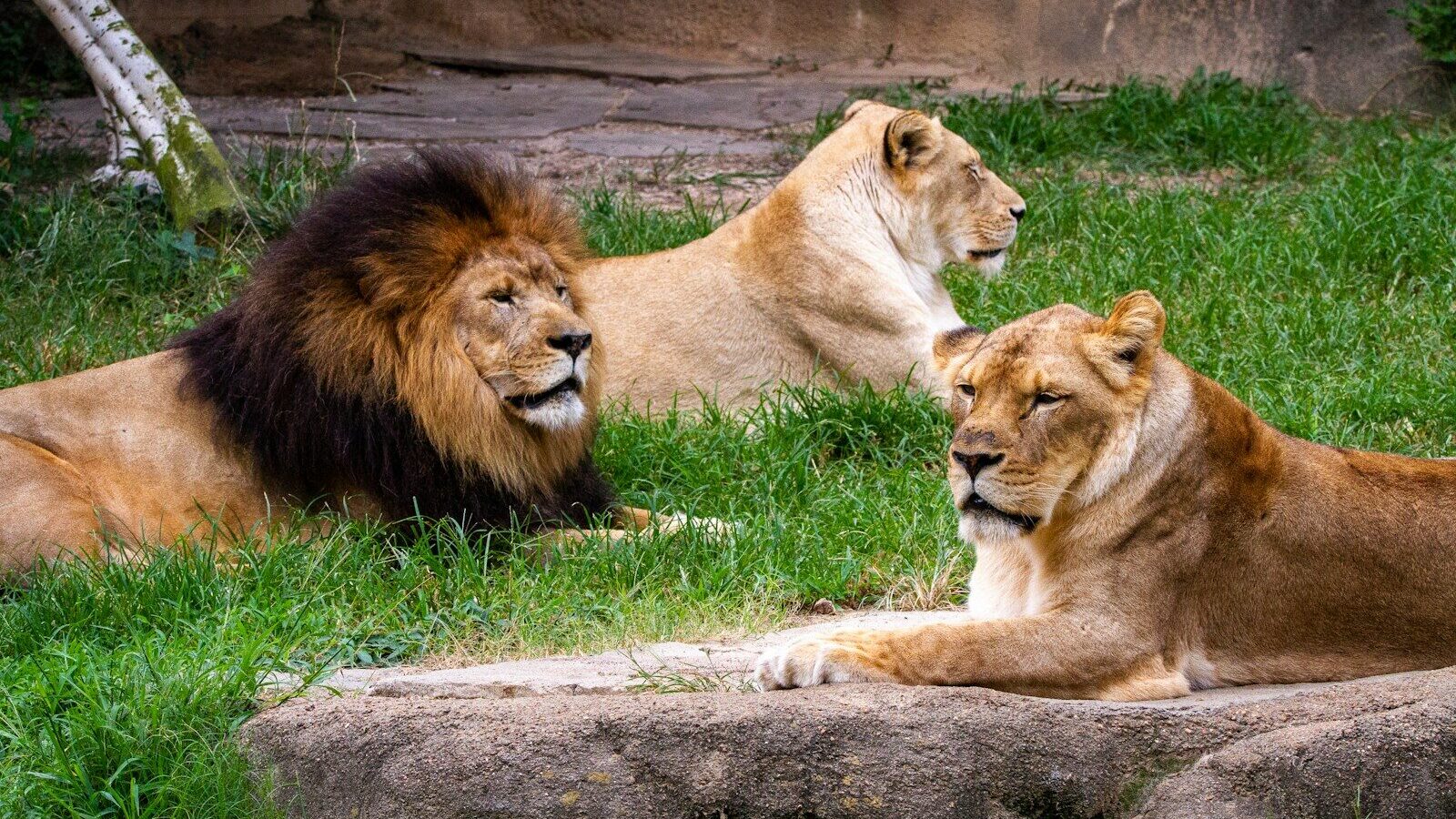

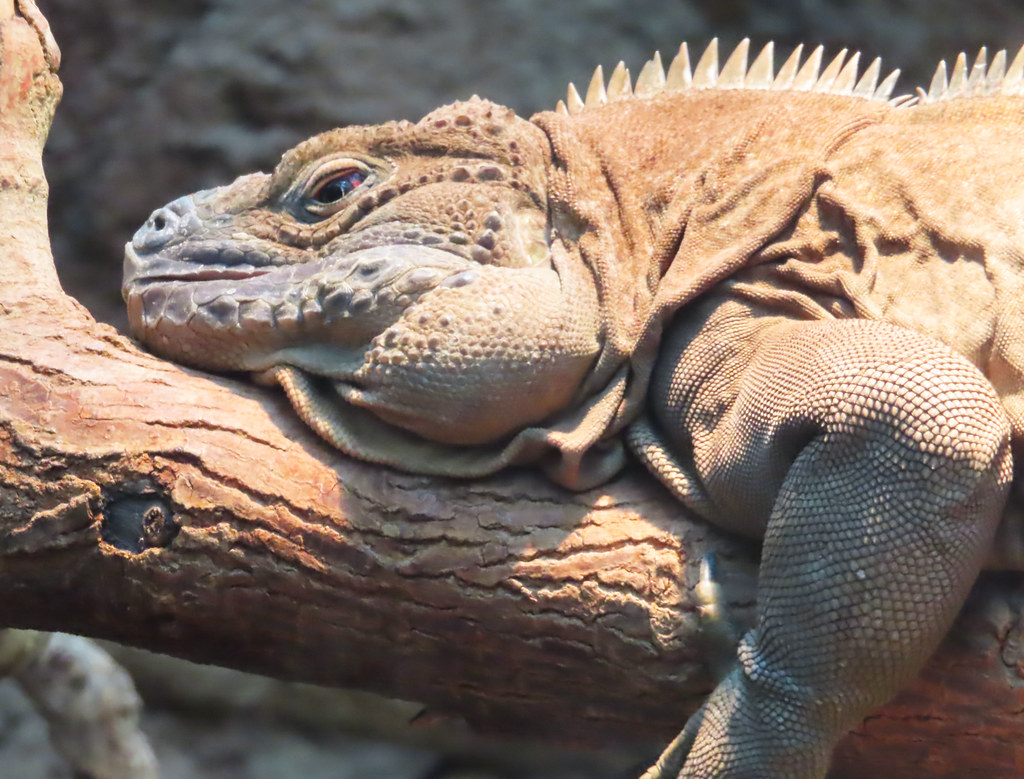
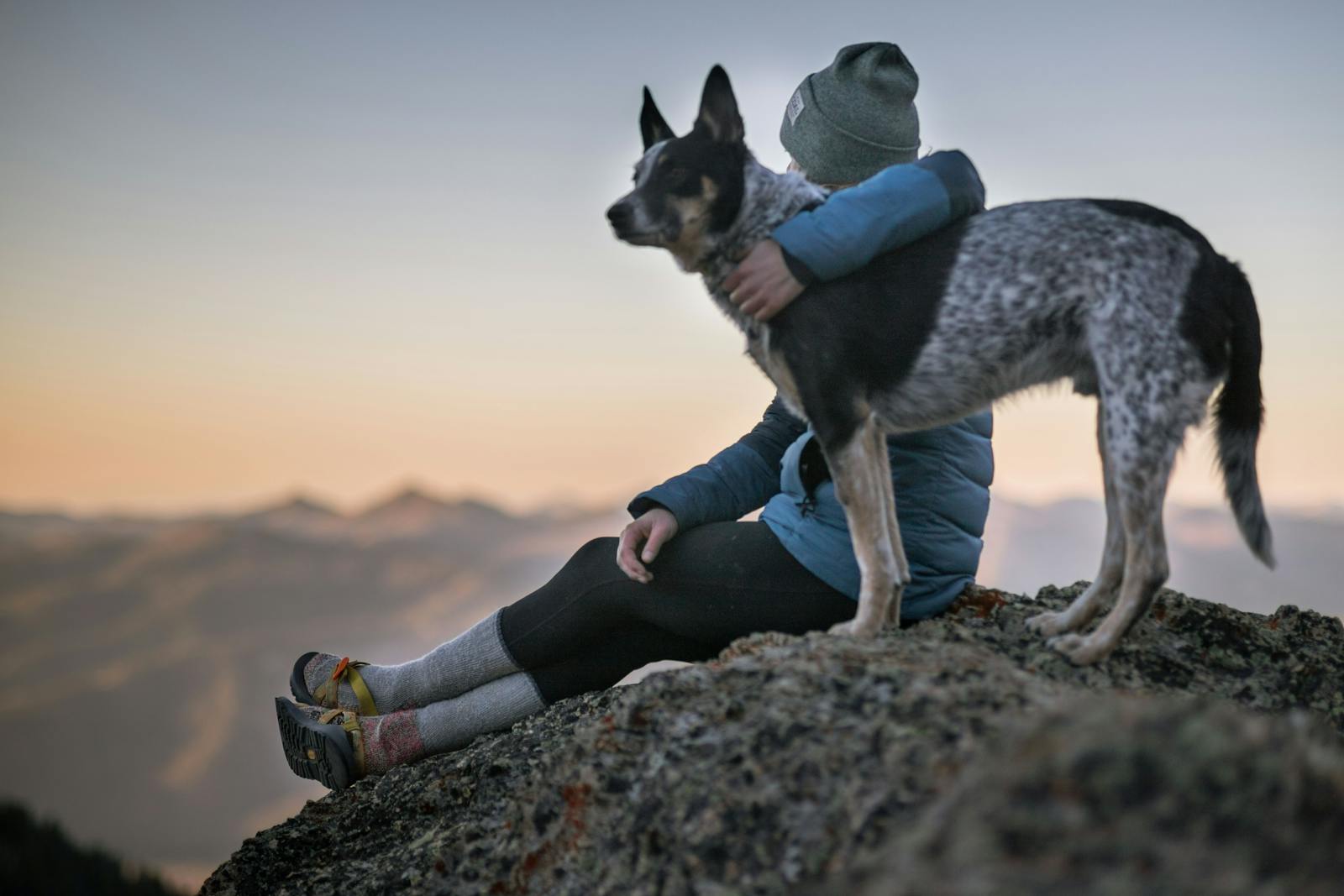

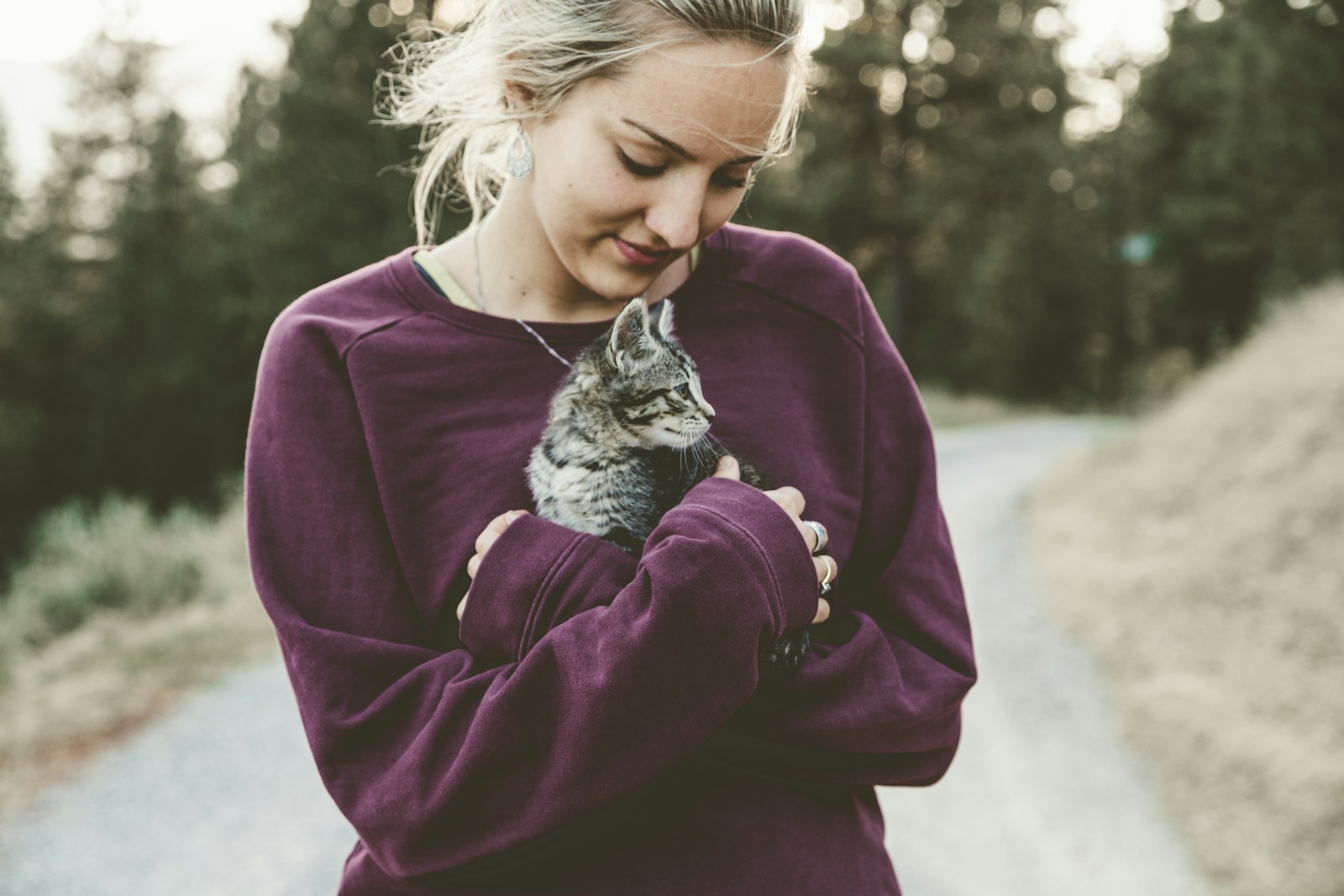



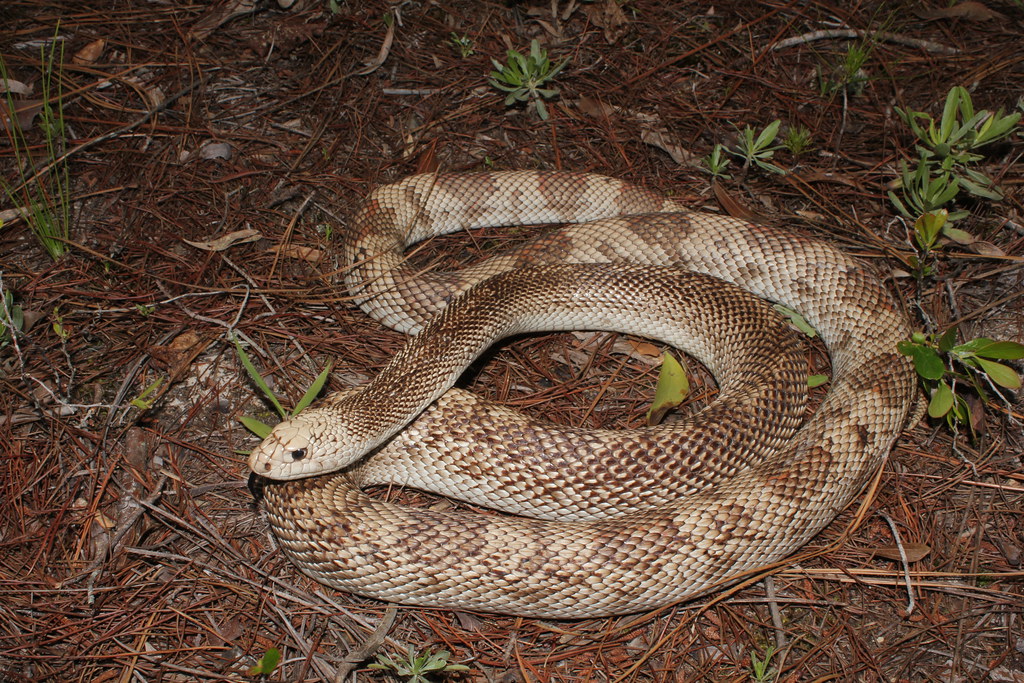





Leave a Reply